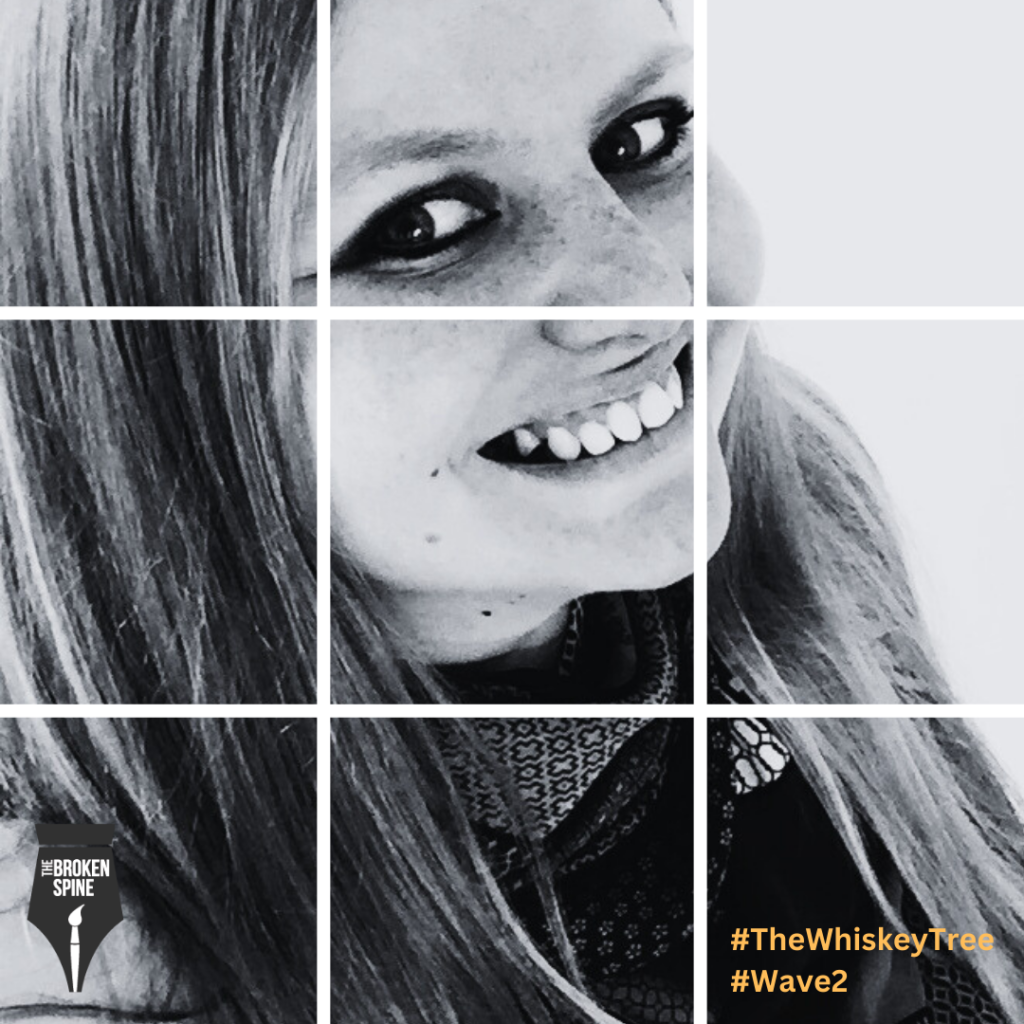
#IndieLitMagGala 2025 Spotlight: ALOCASIA Journal
There’s something rare and steady about a journal that knows exactly what it is—and makes no apologies for it. ALOCASIA is one

Bex Hainsworth writes like someone who’s clawed her way toward clarity, not with polish, but with persistence. Her early poems were wild things, bulky one-stanza pieces that tumbled down the page without much concern for structure. But that instinctual chaos evolved. Over time, she learned to wield form with intent, shaping her free verse with sharp enjambments, deliberate caesurae, and stanza breaks that now breathe in tandem with her meaning. This evolution wasn’t academic, it was lived. The kind of craft born from obsession, from reading deeply, from pushing every line until it earned its place.
That commitment carries into her process, which is both ritualistic and riddled with doubt. It starts on paper, always. A chunky notebook, a double-page spread, and a scattergun approach where anything goes: images, lines, notes on structure. But once it’s time to make the leap to a screen, the stakes rise. Transferring those raw drafts into Word feels like a risk every time. “I’m always ridden with anxiety that the poem will collapse,” she confesses. It’s not a lack of discipline, it’s the very real fear that what was raw and alive might flatten under the cursor. Some drafts linger in limbo for months. But eventually, the promise is made: one poem, one afternoon, one second draft before the day is out. From there, she sculpts, tightening the language first, then reshaping the form, moving breaks and reconfiguring flow until the poem itself signals that it’s done.
And while her husband might jokingly campaign to be named her muse, Bex’s inspirations run deeper and wider. Nature threads through almost everything she writes, not in postcard clichés, but in the curious, the strange, the sublime. She finds poems in articles on ecology, in social media feeds run by zoos, in lists of obscure animals that send her down research rabbit holes. The result is poetry that’s grounded in love but laced with the weirdness of the world, always chasing wonder, always pulling something visceral out of the natural.
She writes in the quiet. Her desk, large and sunlit, becomes her zone, coffee at hand, window open to the sky, no sound but the rhythm of her thoughts. Silence sharpens the focus. There’s nothing romantic about it, just the sheer labour of bringing a poem to life.
But perhaps the fiercest power in Bex Hainsworth’s work comes from how she writes the body. Influenced by poets like Wendy Pratt and Jane Burn, she’s turned her own lived experience as a plus-size woman into unapologetic, corporeal poetry. Having been bullied and scrutinised simply for existing, her odes to her stretchmarks and curves aren’t just acts of self-love, they’re acts of defiance. “I can’t say I always love how I look,” she admits, “but poetry has certainly moved me many steps closer.” This isn’t self-help, it’s survival, articulated through rhythm and image.
Her work is being noticed, and rightly so. Walrussey, her debut chapbook, was nominated for the PEN Heaney Prize and published by The Black Cat Poetry Press. Cuddy’s Beads took First Prize in the Shepton Snowdrops Competition. Burial won the Collection HQ Prize and lived on the East Riding Festival website for a year. Her poem 55 was longlisted in The Rialto Nature and Place Poetry Competition and published in Issue 102. Anne Neville was featured in The Broken Spine and snagged a Best of the Net nomination.
None of this feels accidental. Hainsworth writes with a kind of quiet ferocity, building poems out of self-doubt, sunlight, silence, and the refusal to be made small. Hers is a voice that refuses to be tidied up, and that’s exactly why it matters.

There’s something rare and steady about a journal that knows exactly what it is—and makes no apologies for it. ALOCASIA is one

Founded in 2015 and still standing strong a decade later, Door Is A Jar Literary Magazine isn’t trying to be edgy, obscure,

In a lit world still groaning under the weight of gatekeepers, binary boxes, and pay-to-play submission models, new words {press} is a
The Broken Spine is a poetry and arts collective proudly published on the coastal edge of North-West England. Founded in 2019 by Alan Parry and Paul Robert Mullen – two school friends reunited after twenty years through a mutual love of poetry.